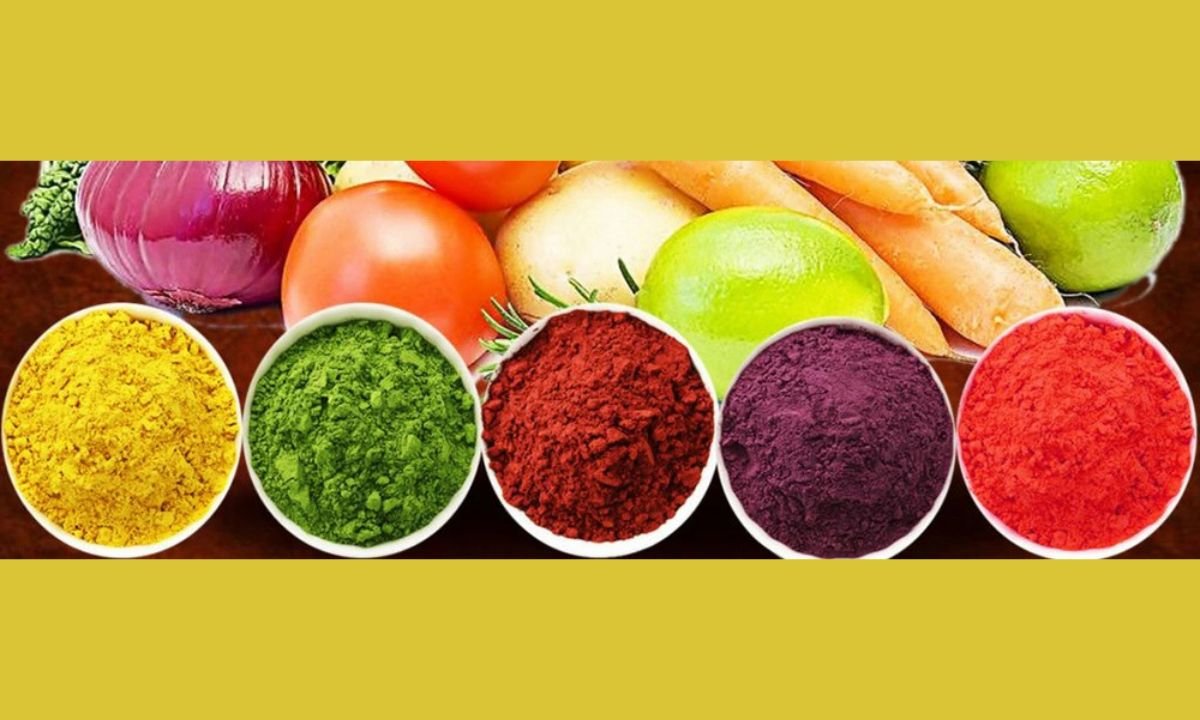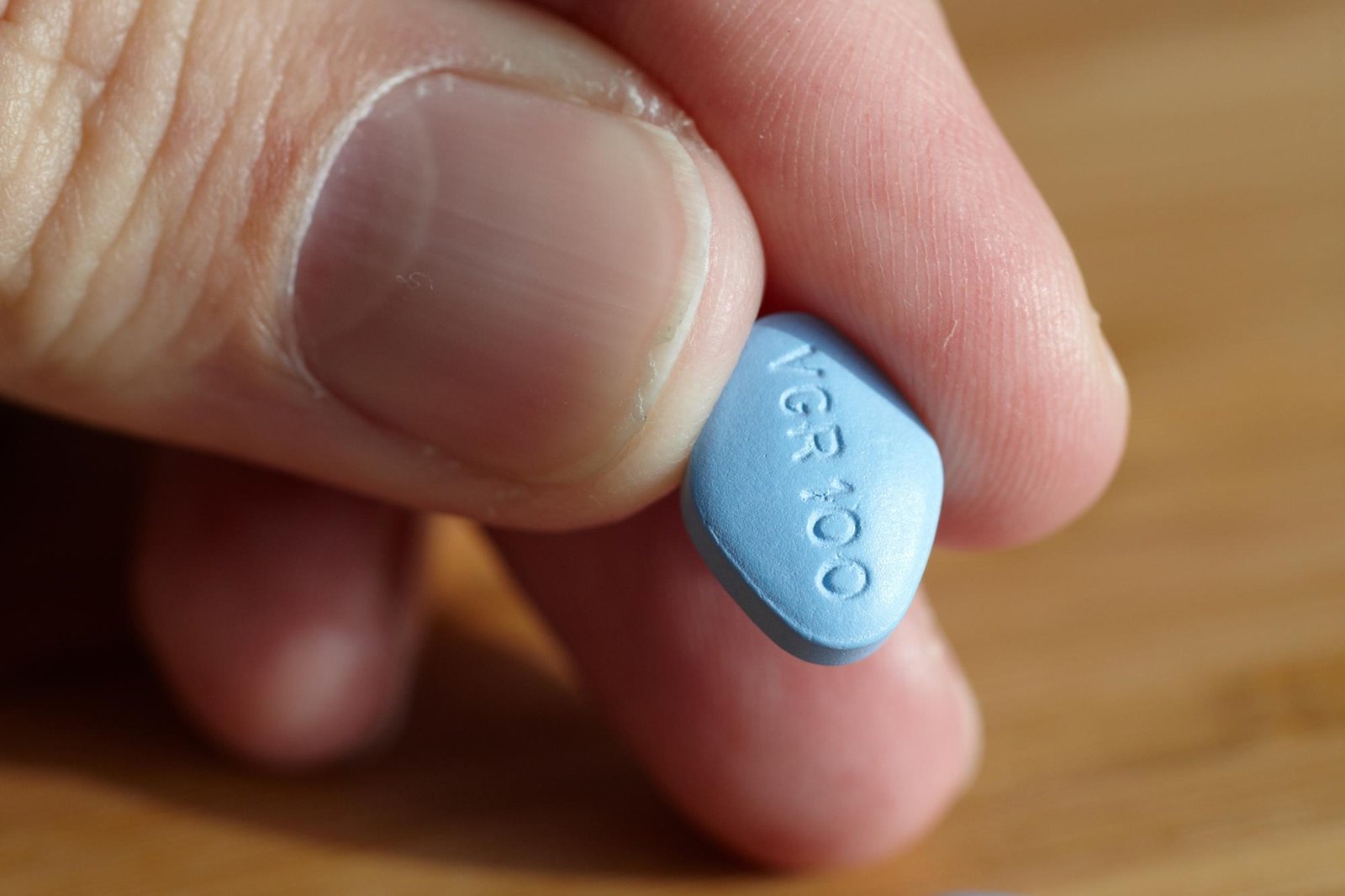Tartrazine, commonly known as “Yellow 5”, is one of the most widely used synthetic food colorants in the world. Recognized by its bright yellow hue, tartrazine is found in a vast range of products, from beverages and candies to baked goods and snacks. Despite its widespread use, it has been the subject of much debate due to concerns over potential health effects. This blog explores what tartrazine food color is, how it is made, and the regulations and concerns surrounding its use in food products.
What is Tartrazine?
Tartrazine is a synthetic lemon-yellow azo dye that is used primarily as a food colorant. It is part of a class of azo dyes, which are characterized by their vivid colors and chemical structure that contains a nitrogen-nitrogen double bond (–N=N–). This colorant is popular in the food and beverage industry because it imparts a bright, appealing yellow color that makes products more attractive to consumers.
In addition to food, tartrazine is used in pharmaceuticals, cosmetics, and even some household products. Its vibrant color is especially common in products like:
- Soft drinks, fruit juices, and powdered beverages
- Candies and gummies
- Ice creams and sorbets
- Sauces, pickles, and mustards
- Snack foods like chips and crackers
- Certain baked goods and desserts
While tartrazine is a synthetic dye, its effectiveness in producing a consistent, stable color has made it a preferred choice for food manufacturers.
How Tartrazine is Made?
Tartrazine is manufactured through a chemical synthesis process. Here’s an overview of how this synthetic food dye is created:
1. Azo Coupling Reaction
The production of tartrazine involves an azo coupling reaction, which is a chemical process used to produce azo dyes. This reaction begins with the diazotization of “sulfanilic acid”, a compound derived from aniline, under acidic conditions. The sulfanilic acid reacts with sodium nitrite in the presence of hydrochloric acid to form a diazonium salt.
2. Coupling with Acetoacetanilide
Once the diazonium salt is formed, it undergoes a coupling reaction with “acetoacetanilide”. Acetoacetanilide is an organic compound used in various dye synthesis processes. The two reactants combine to form tartrazine, resulting in the yellow color characteristic of this dye.
3. Purification
After the coupling reaction, the resulting product is purified to remove any unwanted by-products or impurities. This is achieved through filtration, washing, and crystallization processes. The final product is a dry, crystalline powder that can easily be dissolved in water.
4. Dye Formulation
Once purified, tartrazine is formulated into its final usable form. It can be sold as a powder or liquid concentrate, depending on its intended application. The dye is then added to various food and beverage products in precise quantities to achieve the desired shade of yellow.
Why Is Tartrazine Popular?
Tartrazine is favored by food manufacturers for several reasons:
1. Cost-Effective: Being synthetic, tartrazine is less expensive to produce than many natural colorants. This makes it a cost-effective choice for manufacturers who need to color their products on a large scale.
2. Vibrant Color: Tartrazine produces a bold, consistent yellow color that doesn’t degrade easily over time, even when exposed to light or heat.
3. Stable in Various Conditions: Tartrazine is stable under different pH levels and temperatures, making it suitable for use in a wide variety of food products.
4. Blends Well with Other Colors: Manufacturers often combine tartrazine with other colorants, such as Brilliant Blue FCF, to create different hues, such as greens. This flexibility adds to its popularity in the food industry.
Health Concerns and Regulations
Despite its widespread use, tartrazine has been the subject of health-related concerns, particularly in terms of its potential link to hyperactivity in children and allergic reactions in sensitive individuals. These concerns have led to strict regulations on its use and labeling in many countries.
1. Potential Hyperactivity in Children
One of the most prominent concerns associated with tartrazine is its potential link to hyperactivity in children. This concern first gained traction following a study published in the 1970s, which suggested that certain artificial food colorants, including tartrazine, might contribute to hyperactive behavior in children. While subsequent research has produced mixed results, many parents and consumer advocacy groups have called for caution when using synthetic dyes in food products aimed at children.
In response, some regions, including the European Union, require products containing tartrazine to carry a label warning of potential adverse effects on children’s behavior. The U.S. Food and Drug Administration (FDA), however, has stated that tartrazine is safe for consumption at permitted levels, but it does not mandate warning labels.
2. Allergic Reactions
Tartrazine can cause allergic reactions or sensitivity in certain individuals. This may result in symptoms such as hives, itching, or respiratory issues. People with an intolerance to aspirin (salicylates) are more likely to be sensitive to tartrazine, as the dye can trigger similar reactions. Some individuals with asthma or eczema have also reported exacerbated symptoms after consuming products with tartrazine.
Due to these risks, many countries require clear labeling on products containing tartrazine to inform consumers of its presence, allowing those with sensitivities to avoid it.
3. Regulatory Oversight
Globally, tartrazine is regulated by food safety authorities. In the United States, the FDA has approved tartrazine as a food colorant, provided it is used within specified limits. The European Union also permits its use but requires stricter labeling. Other countries have either banned or restricted its use, depending on public sentiment and scientific evidence.
Natural Alternatives to Tartrazine
Given the growing consumer demand for natural ingredients, many food manufacturers are turning to natural alternatives to tartrazine. Some of these alternatives include:
- Turmeric: A natural spice that imparts a yellow hue, turmeric is a popular alternative to tartrazine in products where natural coloring is preferred.
- Saffron: Though more expensive, saffron provides a rich yellow color and is used in high-end products.
- Annatto: Derived from the seeds of the achiote tree, annatto is commonly used as a natural yellow or orange colorant.
While these natural alternatives offer appealing benefits, they often come with challenges such as higher costs, variability in color, and less stability in food products compared to synthetic dyes like tartrazine.
Conclusion
Tartrazine remains a widely used food colorant, valued for its vibrant color, cost-effectiveness, and stability in various food applications. However, concerns over potential health effects have led to increased regulatory oversight and consumer demand for alternatives. As the food industry continues to evolve, some manufacturers are opting for natural colorants, though synthetic dyes like tartrazine remain essential in certain products.
Understanding the manufacturing process of tartrazine and the concerns surrounding its use can help consumers make informed decisions about the products they purchase and consume. For those who prefer to avoid synthetic colorants, there are a growing number of natural alternatives available, though they may not always offer the same intensity and stability as tartrazine.










